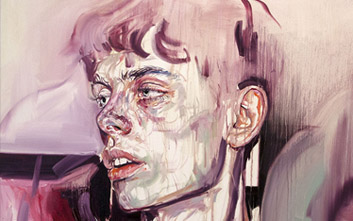The ongoing tradition of painted and photographic portraiture finds new lease in the artwork of Melbourne-based, South Korean born artist, Hyunji Kim. With conceptual engagements driven towards expressing her relationship to selfie-culture and its firm integration in contemporary society, Hyunji Kim combines hyper-realism with a masterfully expressive use of impressionistic impasto brushstrokes.
In our age of hyper-connectivity, we at times argue that we have become too self-obsessed due to a proliferated access to technology, but Kim, in her broad-mindedness, believes that it is human nature to veer towards self-obsession and that digital technology is simply a means to an end in accommodating this organic human drive.
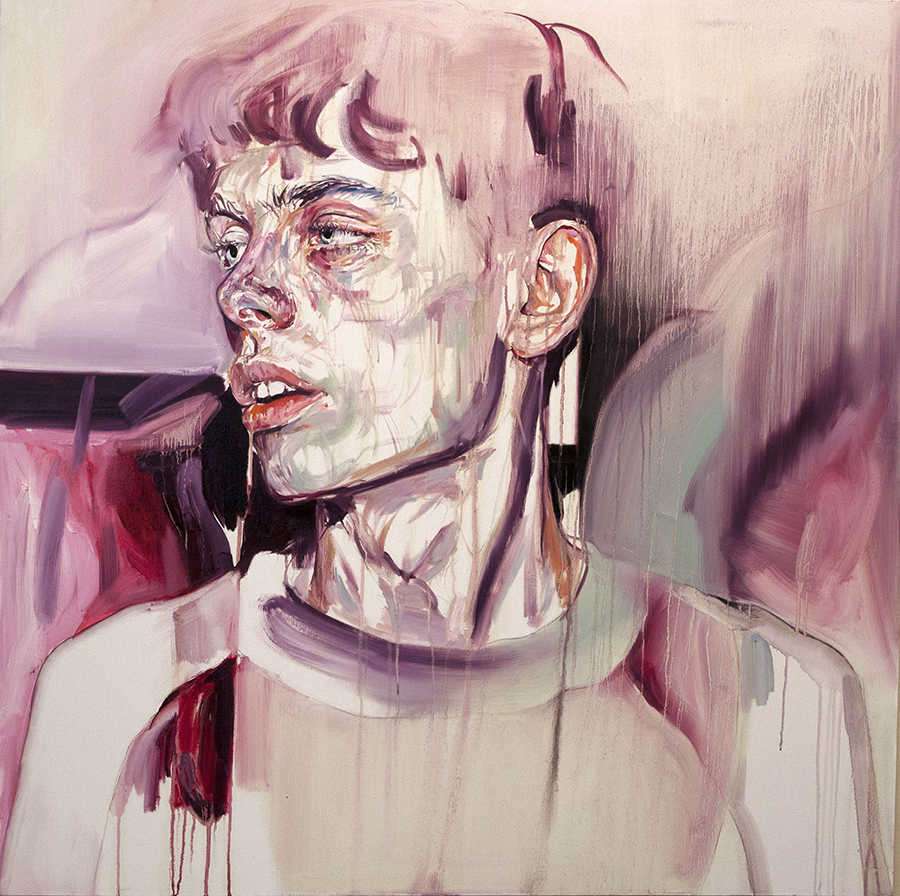
The other side of the coin: deconstruct the narcissism and obsession of selfie culture with the impressionistic portraits of Hyunji Kim.
HAPPY: Hey Kim! Could you start by telling us a little bit about your artistic process?
KIM: Hi Happy Mag! My process… It will be a boring story. First of all, I gather ideas from my everyday life… some issues I am facing or maybe some intriguing images I found. I’ll refine the idea that I’m working on, do some research about related issues or other artists who work with similar subjects. I also do sketches and collect photo images for reference.
I then prepare my materials, buy or stretch the canvases and paint the gesso multiple times and then sand it multiple times. When this is ready, I start painting. My painting process is pretty spontaneous, sometimes I will finish the painting on one go, but most of the time I will spend multiple days refining.

HAPPY: How do you navigate the tension between your own expressionism and the photographic realism of your source material?
KIM: There’s not much to explain here, as my painting style is really spontaneous and instinctive. I have been practicing and studying a lot about when to finish the painting before its flesh gets covered by paint and becomes a hyper/traditional realism painting.
I don’t really project any personal feelings onto my models while I’m painting (I consciously try not to). I more so steal their facial features and expressions. I tend to express my feelings by borrowing their face.
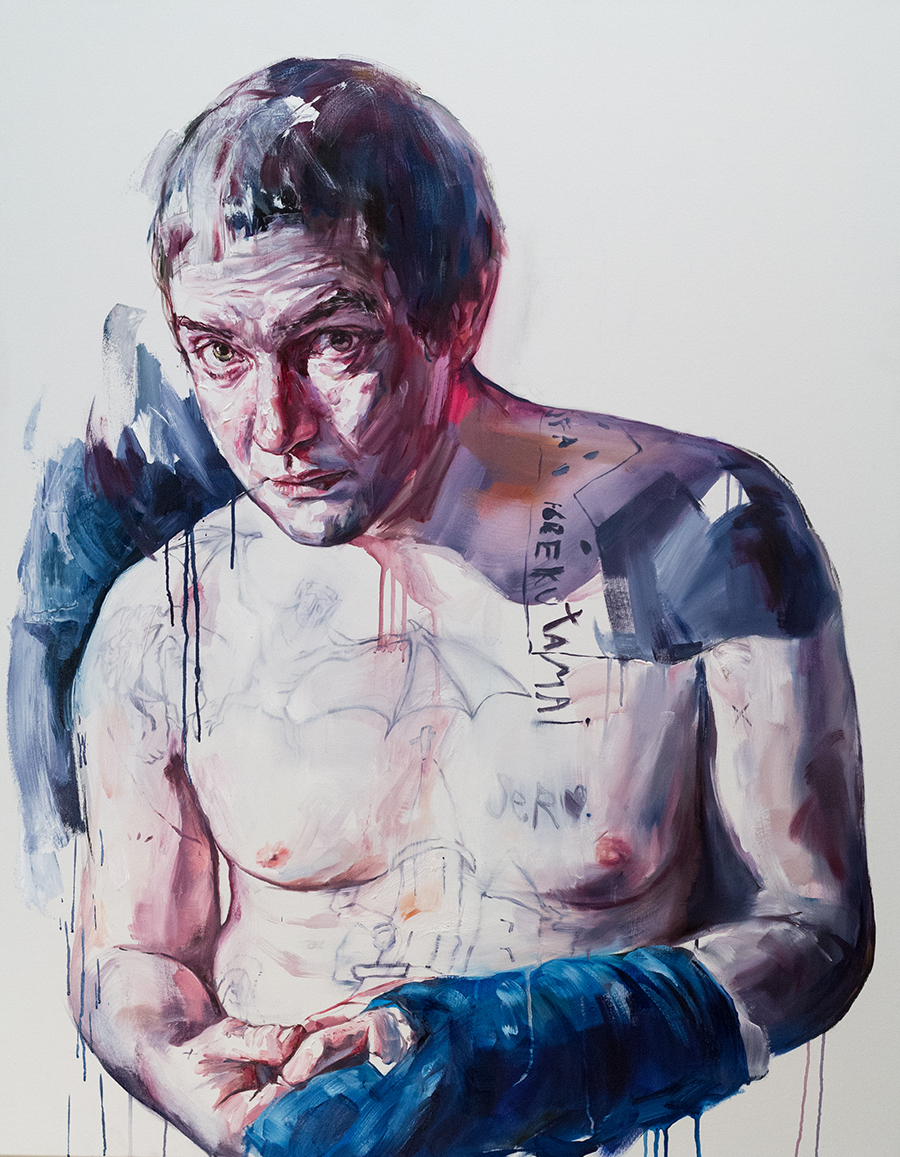
HAPPY: Where did your interest in this duality begin?
KIM: When I was in art school, one tutor critiqued me: “Why did you choose painting as a medium? Why not photography? Do you have any reasons to chose painting for this project?” as originally my work was more leaning towards photo-realism than it is now. In many ways photography has replaced traditional painting.
It was in these early days that I started to shift away from painting via photographic source material and started to focus on painting as ‘painting’. Unlike photography, painting no longer relies on flatness; instead I see paint as a sculptural material to add physicality to my portraits. Abstraction and spontaneity of painting are other important characteristics in my work.

HAPPY: Where did your pseudonym come from? The moniker ‘Kim Kim Kim’.
KIM: I changed my name when I came to Australia, as Australians can’t pronounce my Korean name. It is really weird to hear your name in the wrong accent multiple times, but what can we do? I needed to find something easier to pronounce but I didn’t want to use a typical English name, so I choose to keep my last name.
Despite Kim being one of the most common last names for Koreans, I decided to use it as it could help me to remember I’m just one amongst many other Kims. Also thought this repetitive name could promote myself too. But from last year I’m back to my official Korean name Kim Hyunji.
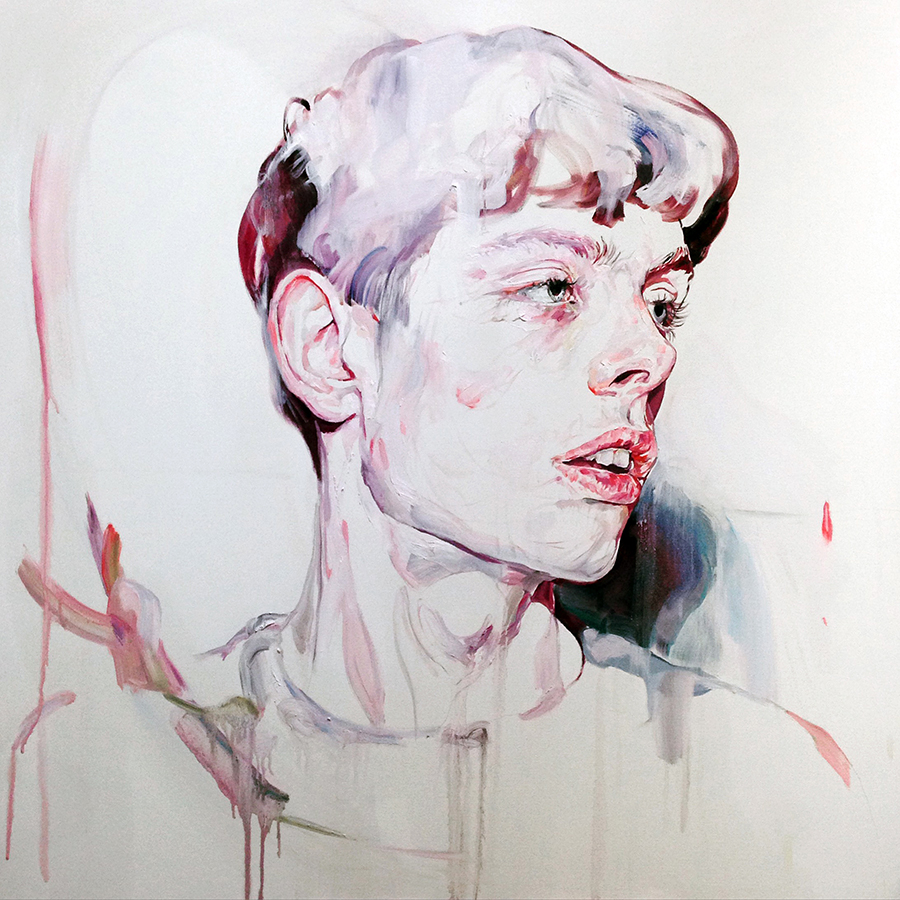
HAPPY: Social networking sites have rendered the selfie as part of our generation’s social fabric. What are your thoughts on the selfie?
KIM: Humans throughout history have always been self-obsessed, this is just human nature. Even the masterpieces can be classified as a kind of selfie from that era. Selfie culture and the accessibility of modern tech and social media seem natural in many ways. In my opinion, nothing is wrong with being self-obsessed and revealing this in a safe way to others. It can aid individuals with their self-esteem, could be used as a means for exploring their ego, and of course to fulfil their narcissism.
Selfies can be the most accessible form of art medium in contemporary culture and many artists have been using it as a medium or thematic for their work. I do personally enjoy looking at other people’s selfies on social media, some of them are masterpieces.
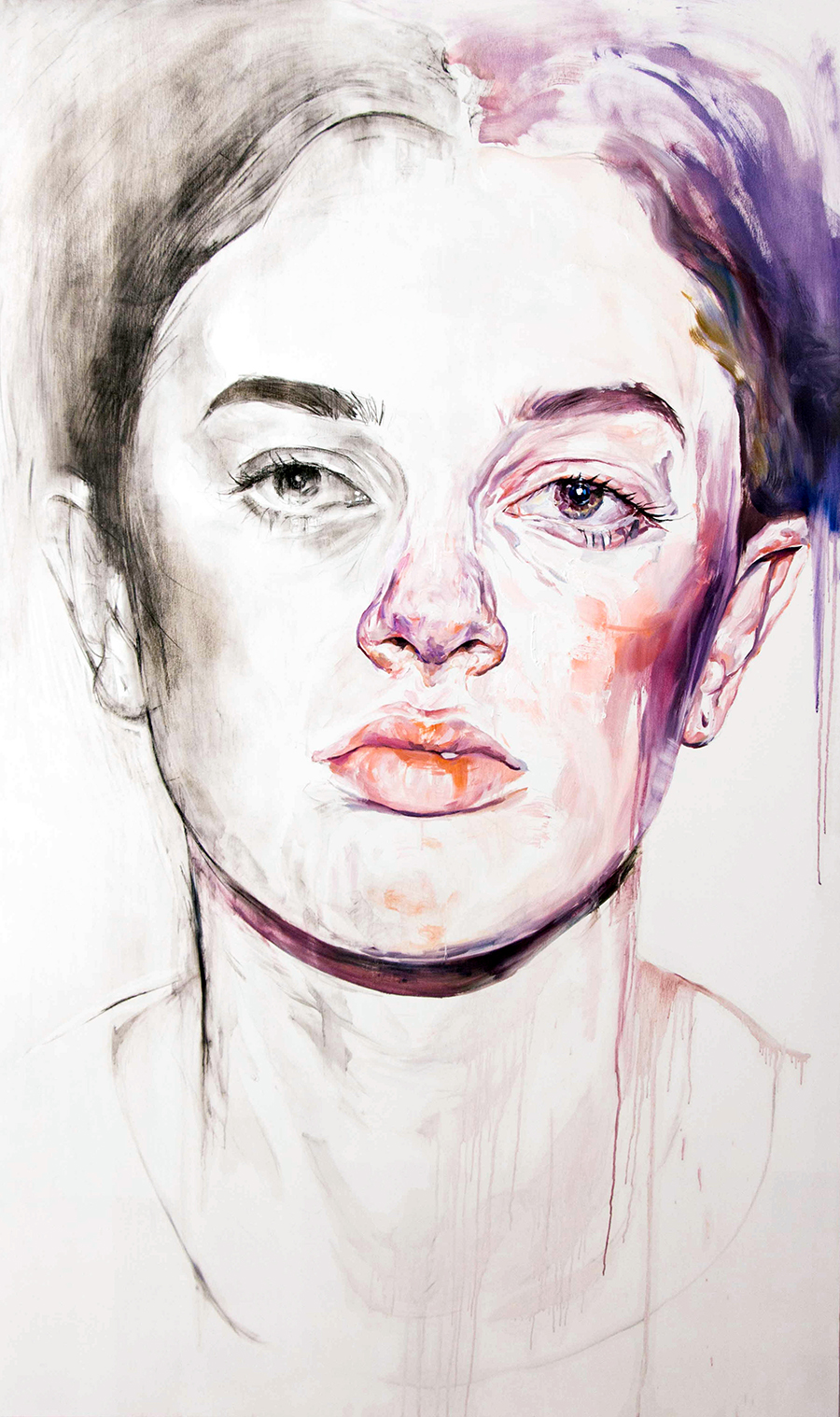
HAPPY: Your grandfather was a major figure in the Korean modern art scene during the 60s and 70s. Could you tell us a little bit about him and the influence an artistic environment growing up has had on yourself?
KIM: My grandfather on my mother’s side, whom you mentioned, passed away before I was born. Although, I still have a mum and grandmother who influenced me with their own paintings. I was always doing drawings or paintings when I was young. I wasn’t really talented at first, but they always encouraged me a lot. I was lucky enough to get a chance to learn about all different painters through their books.
I grew up surrounded by my mom and grandma’s artworks; it certainly affected my ability to look at art, especially paintings.

HAPPY: Your work seems to make the comment that although we live in a time of hyper connectivity, we are seemingly suffering from other types of disconnect. Is this an experience you identify with?
KIM: We live in an age of hyper connectivity, materialism and a growing accessibility of resources, but the existence of these things alone will not cure a person’s disconnect; though social media can be used to aid relationships and provide inclusive spaces. Connectivity is still accomplished by the efforts of individuals, pre-determined relations and circumstance.
There will always be these lingering feelings of isolation for a lot of people, young or old, in many different ways. The accessibility of social spaces can actually be more intimidating for some, and the over-saturation of virtual social circles might not provide an incentive to take advantage of these tools.
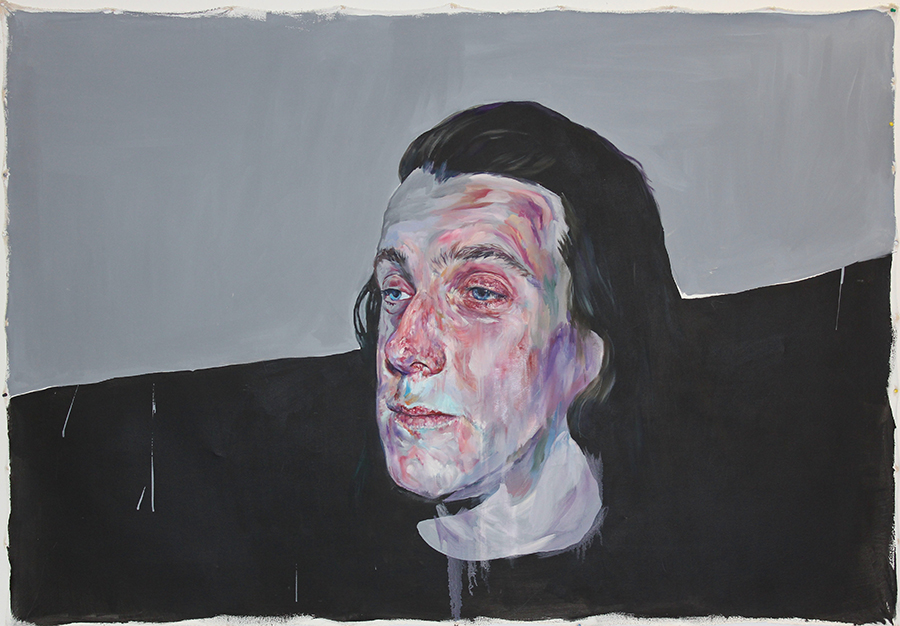
HAPPY: What is it about the stark backgrounds that you see as expressing something vital in your subjects?
KIM: I enjoy using one colour tone background and I had started to use white backgrounds since my last series so hollow so pure to reflect the hollowness I felt from my generation. I let the white background play a role together with the figure on the canvas, being more than just an empty space. Some people have criticised my work, in that it’s unfinished because of these ‘empty’ areas but knowing the importance of the art of blank space was always important in oriental art history.
I also enjoy restraining and limiting the marks on the surface and making them work together with their transparent background. It’s really hard to control this negative space, as the audience can be distracted or overwhelmed by the blank space. On the other hand, it can help to draw the audience to the main figure.

HAPPY: Some argue that a portrait can capture the essence of a person; others dispute that a photograph captures people in fragments. What do you think?
KIM: I don’t really think that portraiture, regardless of how good it may be, can capture the true essence of a person – by either painting or photographic mediums. I think it’s impossible (and unnecessary to try) to capture the essence of an individual in a singular medium.
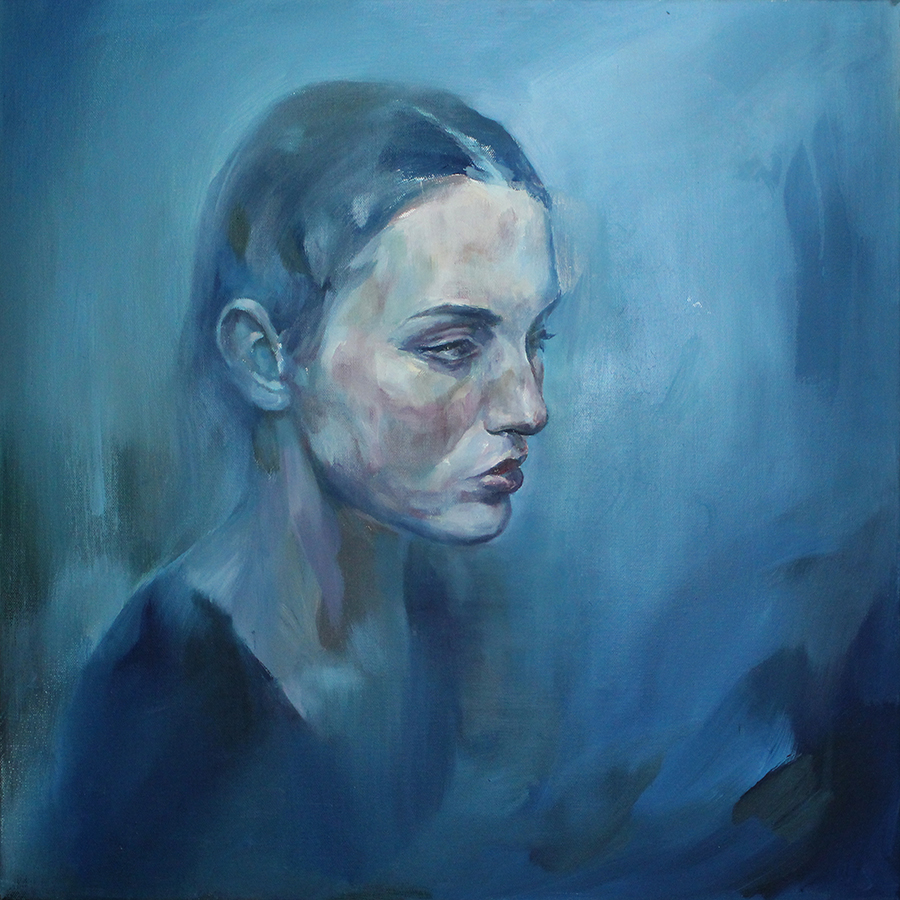
HAPPY: And finally, who are some artists that you’re interested in at the moment?
KIM: Myself. I haven’t been doing many works for a while due to personal reasons; I hope Kim can do some works as soon as possible as she has a solo show coming up in September…
